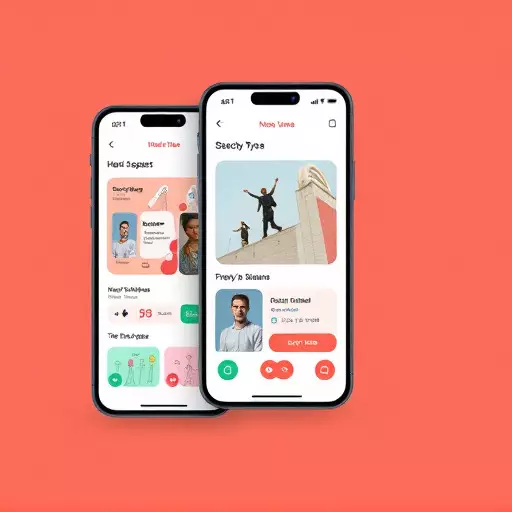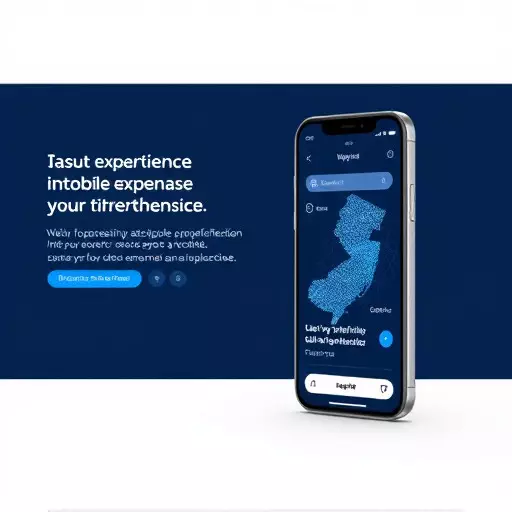In the burgeoning field of Virtual Reality (VR) UI design in New Jersey, user experience (UX) is pivotal. VR demands unique considerations like spatial layout and motion sickness mitigation for immersive interactions. Skilled designers blend traditional UX/UI principles with innovative techniques to create engaging interfaces, focusing on simplicity, clarity, and minimalism. 3D design enhances navigation and immersion, while rigorous testing iteratively refines user interfaces based on real-user feedback. This ensures exceptional mobile app UX/UI designs that meet the evolving demands of VR technology in New Jersey.
“Unleash the potential of virtual reality (VR) with innovative user interface (UI) design. In this comprehensive guide, we explore how the principles of user experience (UX) design are transforming mobile app interfaces in NJ and beyond. From understanding the unique canvas of VR to navigating challenges and creating immersive experiences, we delve into best practices for designing intuitive 3D interfaces. Discover the key role of interaction design and learn testing methods to create optimal UX/UI for VR applications.”
- Understanding Virtual Reality: A New Canvas for UI Design
- User Experience Design Principles for VR Environments
- Navigating Mobile App UX/UI Challenges in Virtual Reality
- Creating Immersive Interfaces: Best Practices and Techniques
- The Role of 3D Design and Interaction in VR UI
- Testing and Iterating: Ensuring Optimal User Interface Design in NJ
Understanding Virtual Reality: A New Canvas for UI Design
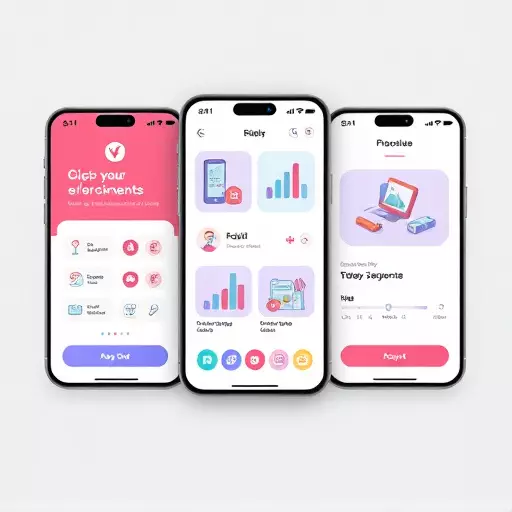
In the ever-evolving world of technology, virtual reality (VR) has emerged as a game-changer, offering a unique and immersive experience to users across various industries. For UI designers, this presents an exciting new frontier—a fresh canvas to craft captivating user interfaces. VR provides an opportunity to transcend the traditional 2D screens of mobile apps and websites, creating a truly spatial and interactive environment for users in New Jersey and beyond.
User experience design in VR demands a shift in perspective. Designers must consider not just visual aesthetics but also spatial layout, motion, and interactions that feel natural and intuitive within a virtual context. As VR becomes more accessible and integrated into everyday life, the demand for skilled UI designers who understand mobile app UX/UI design principles will only grow. This new medium allows for innovative approaches to engage users in ways that were previously unimaginable, opening up endless possibilities for creative and effective user interface design.
User Experience Design Principles for VR Environments
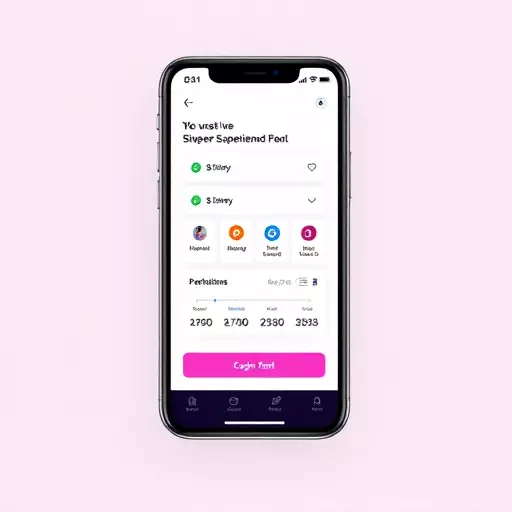
In the realm of virtual reality (VR) UI design, user experience (UX) plays a pivotal role in shaping how individuals interact with digital environments. As VR continues to evolve, understanding and applying fundamental UX design principles become indispensable for creating immersive and intuitive interfaces. Unlike traditional mobile app UX/UI design or interface design, VR demands unique considerations due to its three-dimensional nature and sense of presence.
Designers in New Jersey and beyond must prioritize comfort, reducing motion sickness while ensuring intuitive navigation within the virtual landscape. Interacting with digital objects in VR should mimic real-world interactions as closely as possible. This includes considering spatial layout, scale, and proximity—all factors that influence a user’s sense of orientation and control. Additionally, feedback mechanisms should be designed to provide users with information about their actions, such as haptic responses or audio cues, enhancing the overall immersion and user experience in VR environments.
Navigating Mobile App UX/UI Challenges in Virtual Reality
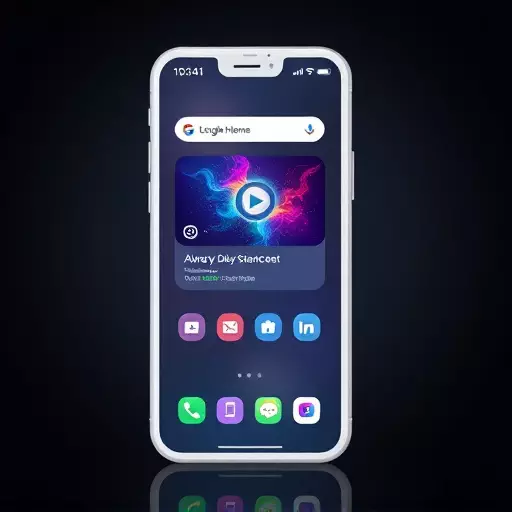
Navigating Mobile App UX/UI challenges in virtual reality presents a unique set of considerations for designers in New Jersey and beyond. As users don’t interact with VR in the same way they do traditional mobile apps, the design process must evolve to accommodate this new medium. One of the primary hurdles is creating an intuitive navigation system that feels natural within the immersive VR environment. Traditional touch gestures often don’t translate well, necessitating innovative solutions like voice commands or head tracking.
Furthermore, balancing functionality with immersion is critical. Mobile app UX/UI design aims to provide seamless access to features, but in VR, overstimulation can quickly lead to disorientation. Designers must carefully curate content and interactions to ensure users remain engaged without feeling overwhelmed. This delicate balance requires a deep understanding of both user experience design principles and the unique strengths and limitations of virtual reality technology.
Creating Immersive Interfaces: Best Practices and Techniques

Creating immersive interfaces for virtual reality (VR) environments requires a unique blend of user experience (UX) design expertise and innovative interface design techniques. In the realm of VR, the goal is to transport users into a digital world that feels authentic and engaging. User interface (UI) designers in New Jersey and beyond are tasked with crafting interfaces that not only look visually appealing but also facilitate seamless interaction within this virtual landscape.
Best practices involve prioritizing intuitive navigation, ensuring low latency input responses, and leveraging haptic feedback to enhance the overall user experience. For mobile app UX/UI design in VR, simplicity and clarity are key. Designers should focus on minimal, uncluttered interfaces that guide users through tasks naturally, allowing them to explore and interact with virtual environments without confusion. Interactive elements should be designed with a strong understanding of user behaviors and expectations in VR, ensuring the interface resonates with folks familiar and new to this immersive experience.
The Role of 3D Design and Interaction in VR UI

In the realm of virtual reality (VR) user interface (UI) design, 3D design and interaction play a pivotal role in shaping the overall user experience. As VR continues to evolve as a medium, the way users interact with digital environments becomes increasingly immersive and intuitive. Skilled designers in New Jersey and beyond leverage 3D elements to create interfaces that not only look visually appealing but also feel tangible and interactive. This approach goes beyond traditional 2D design by offering users a more natural and engaging experience within virtual spaces.
The integration of 3D design allows for complex information to be presented in a way that is easier to navigate and understand. By utilizing spatial cues, haptic feedback, and realistic interactions, VR UI design can bridge the gap between the physical and digital worlds. This fusion enhances user interface design, making mobile app UX/UI designs more intuitive and enjoyable. As a result, users are better equipped to explore and interact with virtual environments, fostering deeper engagement and satisfaction.
Testing and Iterating: Ensuring Optimal User Interface Design in NJ

In the realm of virtual reality (VR) UI design, testing and iterating are paramount to achieving optimal user interfaces in New Jersey. As VR continues to evolve, ensuring a seamless and intuitive user experience becomes increasingly complex. Professional designers in NJ must navigate this challenge by employing rigorous testing methodologies that simulate real-world scenarios. This involves gathering feedback from potential users through controlled experiments, focusing on usability, accessibility, and overall satisfaction within the VR environment.
Iterative design processes are key to refining these interfaces. By analyzing user behavior and preferences, designers can make data-driven decisions to enhance UX/UI design for mobile apps in New Jersey. Each iteration builds upon the previous one, refining elements like navigation patterns, haptic feedback, and visual cues to ensure users remain engaged and immersed. This continuous improvement approach guarantees that VR applications meet—and exceed—user expectations, fostering a rich and memorable experience.

